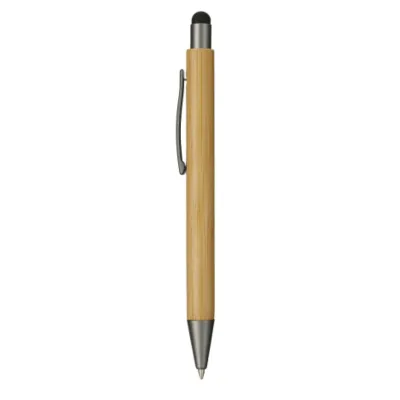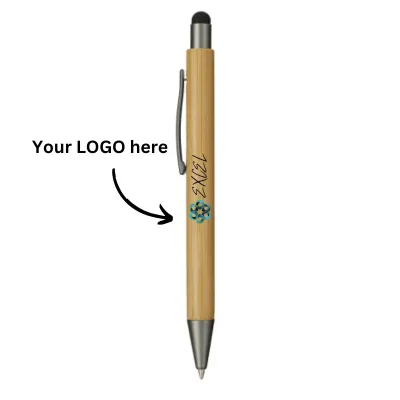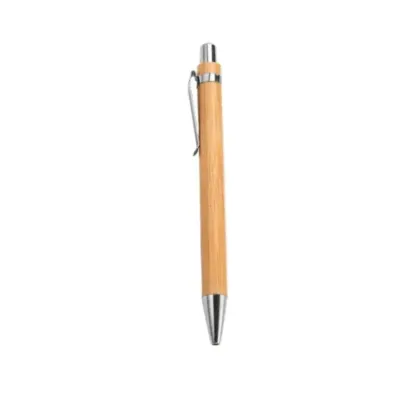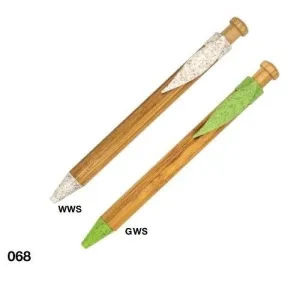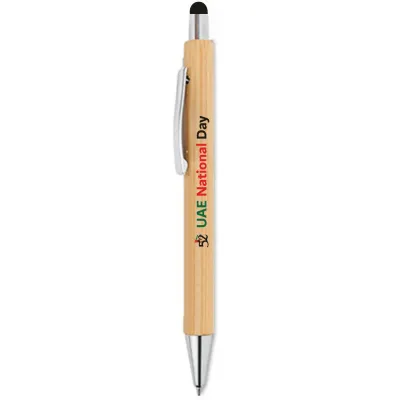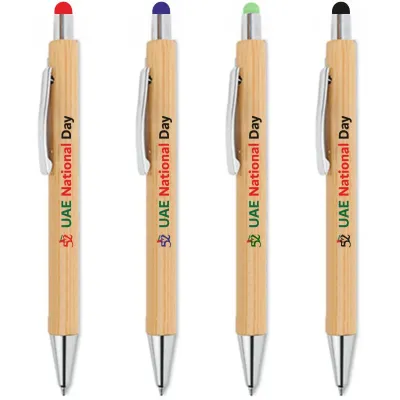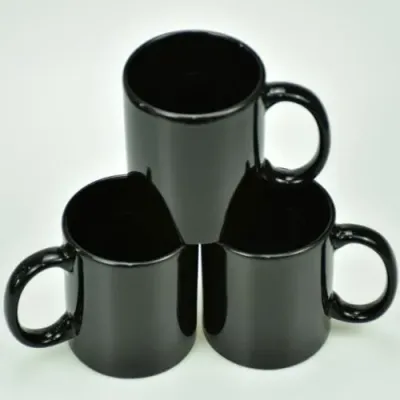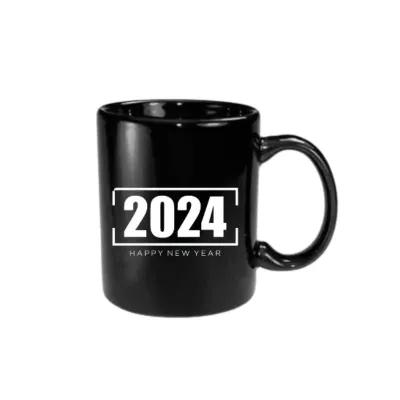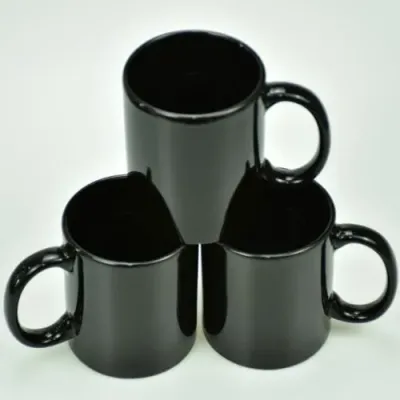Meaning of Iraq Flag Colors
What is the Meaning of the Iraq Flag Colors?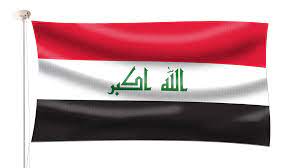
The national flag of Iraq stands as a symbol of pride, unity, and history for the Iraqi people. Comprised of vibrant colors and striking design elements, it reflects the rich heritage and struggles of this ancient land. In this blog post, we delve into the deep-rooted significance behind the colors and design of the Iraqi flag, tracing its historical journey and unveiling its symbolism.
Colors
The flag of Iraq is characterized by three horizontal stripes of equal width, with red, white, and black colors. Each hue carries its profound meaning, deeply entrenched in Iraq's cultural and historical tapestry.
Red: Positioned at the top of the flag, the red stripe symbolizes the valor and bravery of the Iraqi people. It serves as a tribute to the sacrifices made by countless individuals throughout the nation's turbulent history, reflecting their unwavering courage and resilience in the face of adversity.
White: The middle stripe, adorned in pure white, represents peace and harmony. It serves as a beacon of hope for a brighter future, emphasizing the importance of unity and reconciliation among Iraq's diverse ethnic and religious communities. White also embodies the country's aspirations for stability and prosperity in a tumultuous region.
Black: Nestled at the bottom, the black stripe embodies the dark struggles and challenges that have shaped Iraq's journey. It serves as a solemn reminder of the nation's past tribulations, including oppression, conflict, and loss. Despite its somber connotations, black also symbolizes the resilience and determination of the Iraqi people to overcome obstacles and emerge stronger than ever.
Design
In addition to its vibrant colors, the design of the Iraqi flag holds profound significance, reflecting the country's cultural heritage and identity.
Three Green Stars: Positioned in the center of the white stripe, three green stars are prominently featured, representing the unity of Iraq's three main ethnic groups: Arabs, Kurds, and Assyrians. This design element serves as a powerful reminder of the nation's diversity and the importance of embracing multiculturalism.
Takbir: Inscribed in elegant Arabic calligraphy along the edge of the white stripe, the phrase "Allahu Akbar," meaning "God is Great," adds a spiritual dimension to the flag. This religious invocation underscores the central role of Islam in Iraqi society, while also serving as a source of inspiration and guidance for its people.
Historical Significance
The current design of the Iraqi flag was officially adopted on January 22, 2008, following the fall of Saddam Hussein's regime and the establishment of a new democratic government. However, its roots can be traced back to earlier iterations that have evolved over the years.
The red, white, and black colors have been integral to Iraqi symbolism since the early 20th century, representing various political movements and ideologies. The addition of the green stars and the Takbir inscription in the 2008 flag reflects a renewed commitment to inclusivity, diversity, and religious tolerance in post-Saddam Iraq.
Despite its relatively recent adoption, the Iraqi flag continues to serve as a potent symbol of national pride and resilience. It embodies the collective aspirations of the Iraqi people for peace, prosperity, and unity, while also honoring the sacrifices of those who have contributed to the nation's storied history.
In 1921, Iraq gained independence from British control, and the first official flag was adopted. It featured three green stars symbolizing the unity of Arab provinces under British administration. However, as the nation transitioned through different political eras, so did its flags.
Under the rule of King Faisal I in the 1930s, a new flag was introduced, featuring a tricolor of black, white, and green, with a red triangle at the hoist bearing a golden star and crescent, symbolizing pan-Arabism and Islamic heritage. This design persisted through subsequent regimes until the Ba'ath Party took power in 1963.
During Saddam Hussein's regime, the Iraqi flag underwent significant changes. In 1991, following the Gulf War, Saddam altered the flag, adding the words "Allahu Akbar" in Saddam's handwriting between the stars, attempting to infuse his regime with religious legitimacy. The removal of the stars and the addition of the words symbolized Saddam's autocratic rule and the suppression of ethnic and religious diversity.
However, with the overthrow of Saddam Hussein's regime in 2003 and the subsequent establishment of a new democratic government, Iraq underwent a process of national reconciliation and reconstruction. As part of this transition, a new flag was adopted in 2008, symbolizing a break from the oppressive past and a fresh start for the Iraqi people.
Contemporary Significance
Today, the Iraqi flag serves as a unifying symbol for a nation striving to overcome its turbulent history and build a more inclusive and prosperous future. It embodies the collective aspirations of Iraqis from all walks of life, regardless of ethnicity, religion, or political affiliation.
In a region often plagued by sectarian violence and political instability, the Iraqi flag stands as a beacon of hope and resilience. It reminds Iraqis of their shared heritage and common destiny, encouraging them to work together towards a brighter tomorrow.
As Iraq continues to grapple with challenges such as terrorism, corruption, and economic hardship, the flag serves as a powerful reminder of the country's strength and endurance. It is a testament to the indomitable spirit of the Iraqi people, who refuse to be defined by their past struggles but instead look towards a future filled with promise and possibility.
Conclusion
In conclusion, the colors and design of the Iraqi flag are imbued with profound meaning and historical significance, reflecting the diverse tapestry of Iraq's culture, heritage, and aspirations. As the nation continues to navigate its path toward stability and progress, the flag stands as a powerful emblem of unity, resilience, and hope for a brighter future.
Trending Categories for Promotional Products
Browse the most popular and trending products and be the part of the trendy products

